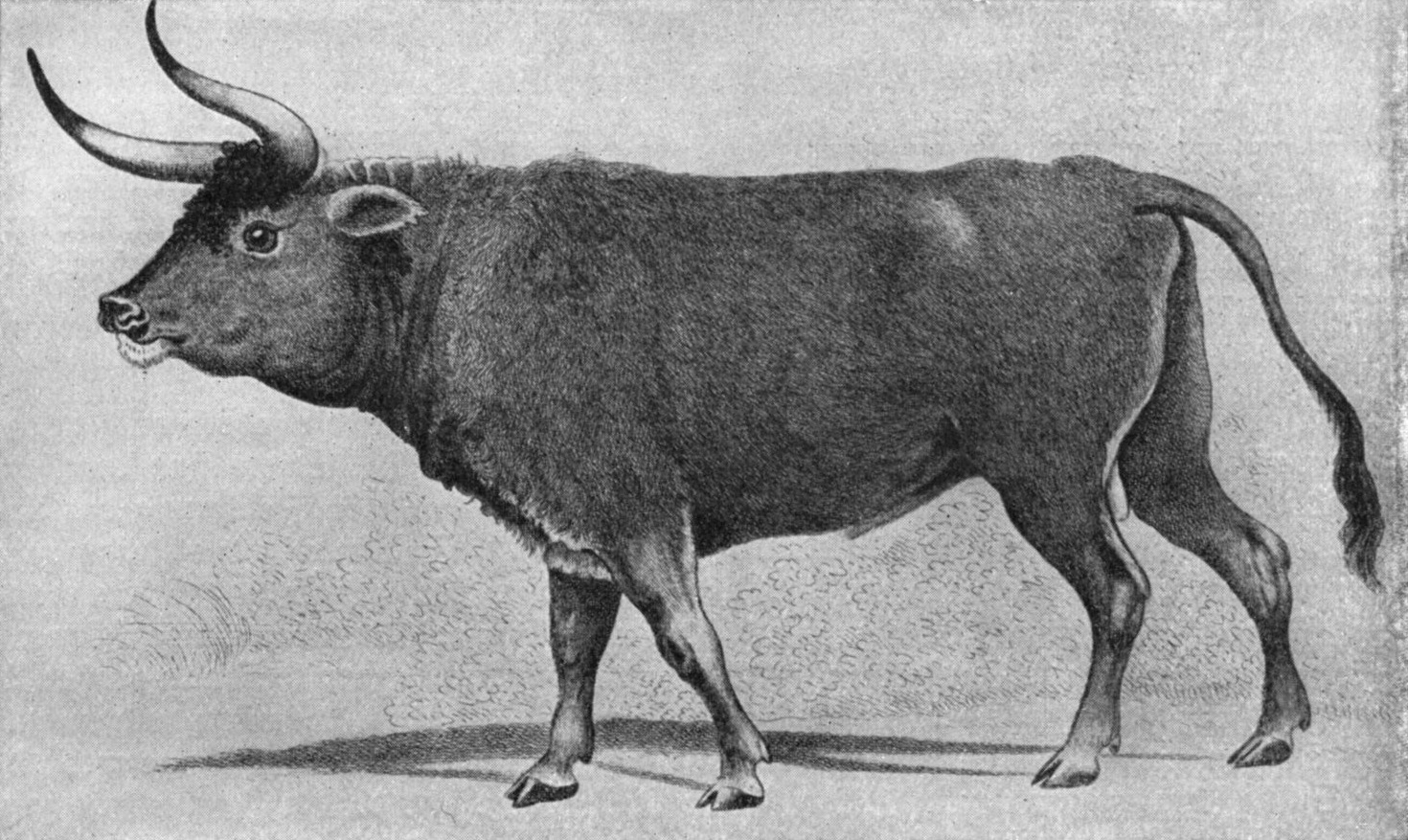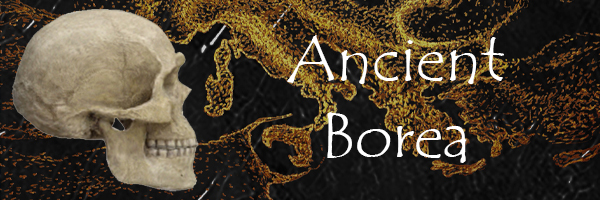Animals in the Palæoboreanic Diet
Copyright © 1999-2020 C.E. by Dustin Jon Scott
Introduction
Note that a lot of these images are not my artwork; they are public domain illustrations that I tracked down to save myself the time of having to draw a ton of animals. I will replace these with original artwork at a later time.
Meats
Partial fossil skeletons of butchered animals have been discovered in association with Palæoboreanic settlements, including aurochsen, buffalo, wisents, muskoxen, mouflon/musmon, argali, antelope, goats, ibexes, aoudads, Pyrenean chamois, gazelles, Cretan deer, red deer (“elk” in North America), elk (“moose” in North America), giant deer (“Irish elk”), reindeer (“caribou”), okapis, wild boar, mammoths, dwarf elephants, narrow-nosed rhinoceroses, giant unicorns, tarpans, hippopotamuses, dwarf hippopotamuses, European hippopotamuses, macaques, sea cows, walruses, European giant beavers, crocodiles, giant swans, beluga sturgeon, grey mullets, surmullets, codfish, European congers, Mediterranean morays, halibuts, anchovies, mackerels, sardines, herring, carp, wels catfish, and Deninger’s cave bear (Hardy & Fischer 2003), some of which so foreign in nativity as to be thought by their very presence indicative of extensive trade networks (Tiller & Wright 2003).
For more information, see meat in the Palæoboreanic diet.

|
Red Meats — Red meats were mostly consumed by countryfolk in sparsely-populated venues. Larger, urbanized settlements got most of their red meat imported in preserved form from the country. This is because the raising of animals to be used as food was an uncommon practice. |

|
Dairy
Most Boreans retained lactose tolerance into adulthood, however a significant minority would begin to lose lactose tolerance sometime after the onset of adolescence, while others would lose the trait far later, nearing old age. Ancient Borean literature observes that men tended to lose lactose tolerance more often than women, and on average at younger ages, while individuals of either sex with larger eyes and foreheads paired with smaller lower-faces tended less often to lose lactose tolerance than others of their sex. It is therefore likely that Borean lactose tolerance was a side-effect of an evolutionary trend toward neotenous traits, rather than a separate trait that was individually selected for as in later H. sapiens.

